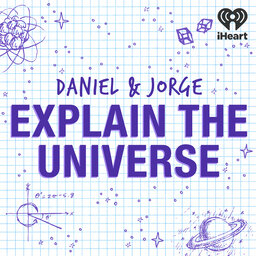Can you sail on light?
How can we travel through the universe without running out of fuel? Find out today with Daniel and Jorge.
Learn more about your ad-choices at https://www.iheartpodcastnetwork.com
See omnystudio.com/listener for privacy information.
 Daniel and Jorge Explain the Universe
Daniel and Jorge Explain the Universe


